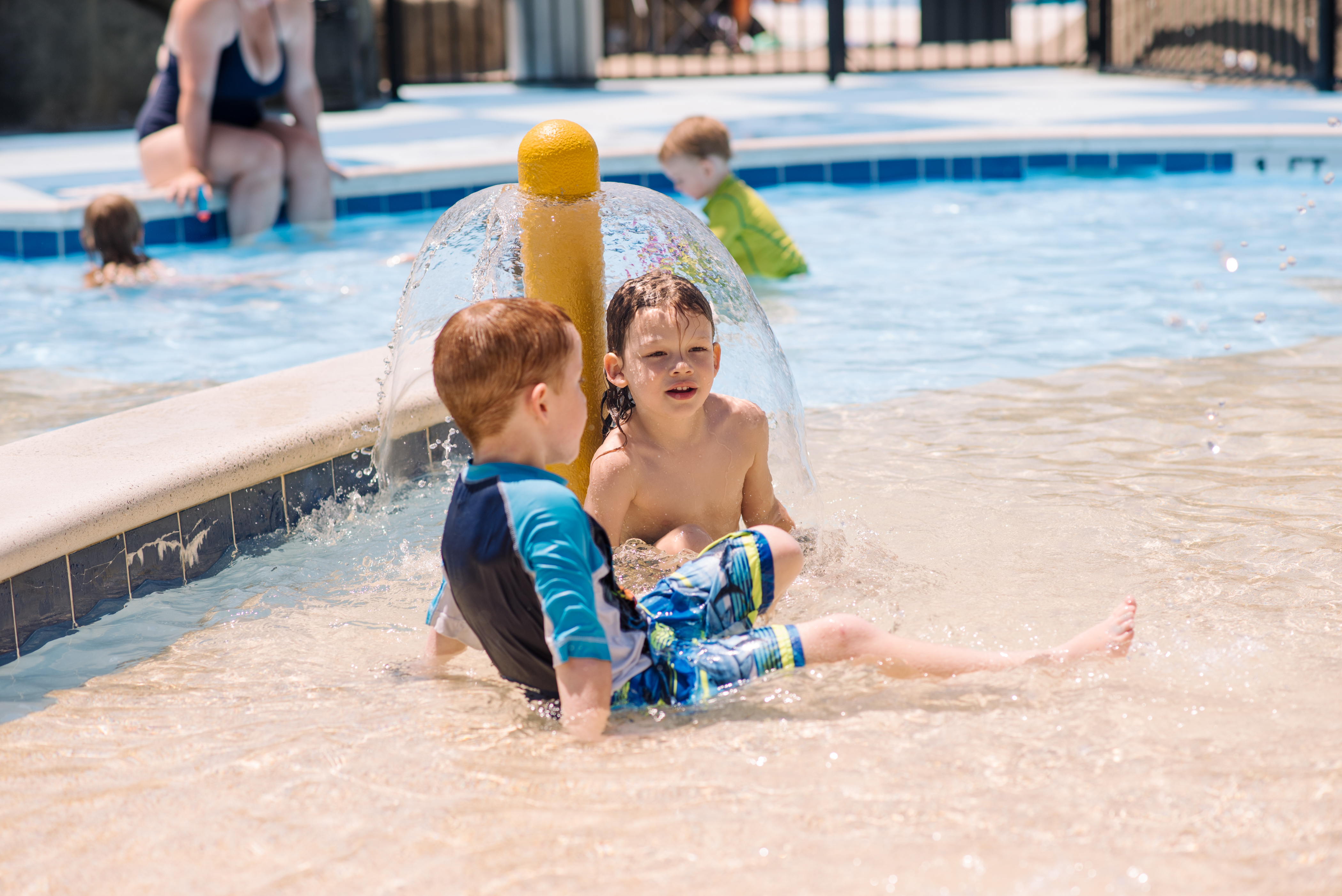
Playing in water is one of the best summer activities to have fun and keep cool. While we are enjoying our fun in the sun, it is important to be aware of the potential hazards that exist in and around water. Most drowning incidents occur in home swimming pools, but any source of water can be a potential hazard including a bathtub, partially filled bucket, or as little as one inch of water.
So, what can we do to keep our children safe?
It is best to have multiple layers of protection in place. That way, if one strategy fails, a back-up strategy can help to reduce overall risk. Here are some strategies for staying safe this summer:
• Keep sources of water out of reach of children. Some examples are emptying buckets or containers of water, fencing pools and spas with adequate barriers, and placing locks on toilets.
• Teach children not to go near water without first gaining permission from a trusted adult.
• Designate a Water Watcher to provide close and constant supervision to children in and around water. It is important to give them your full attention, so limit distractions such as phone conversations or social media.
• Have children and inexperienced swimmers wear U.S. Coast Guard-approved life jackets. Do not rely on inflatable toys such as water wings or rafts to provide floatation to a non-swimmer.
• Place a means of summoning help (such as a cell phone) close by. Aquatic emergencies often happen quickly and unexpectedly.
• Instruct children in water safety basics, such as floating on their back, bobbing toward safety, and what to do in an emergency. You can do this by enrolling them in a class, teaching them at home, or continuing to follow our Backyard Water Safety Series for more information on how to have fun and stay safe in the water.
• Test children’s skills in the water at the beginning of each season. Like other sports, without practice swimming skills can get rusty and stamina or endurance can decrease.
• Learn First Aid and CPR.
